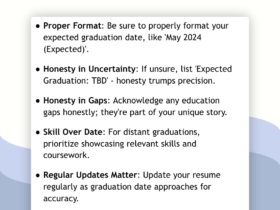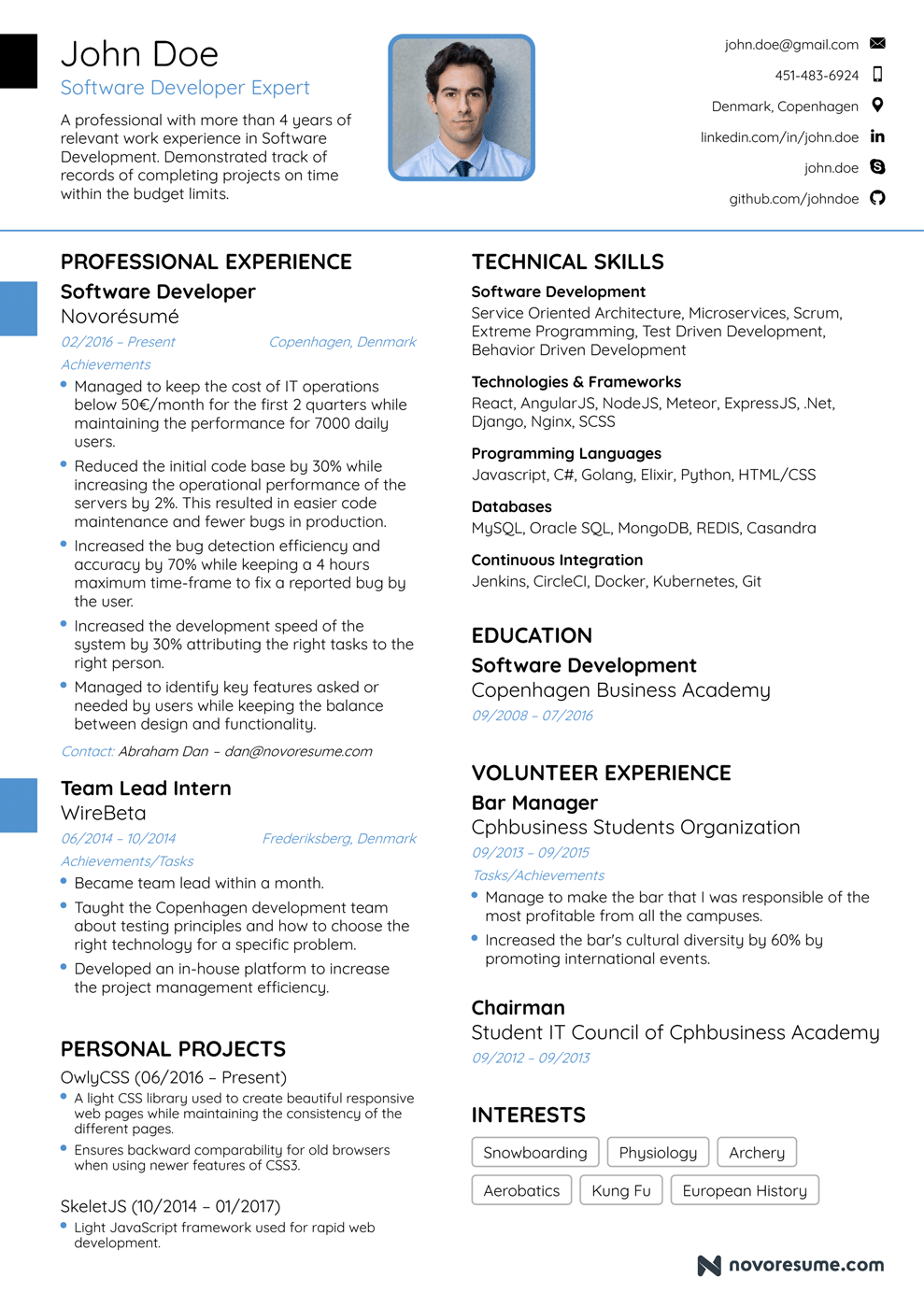To write software requirements, define the purpose and outline your document, identify your intended client, be specific, and describe one function at a time. Additionally, prioritize requirements, determine who has the power to request or decide on requirement priorities, and establish a standard set of priorities.
To ensure your requirements document is effective, it’s important to follow these steps in a clear and concise manner. Keep in mind that requirements should be testable and consider how you will demonstrate that the product does what the requirement says it does.
With careful planning and attention to detail, you can create a well-written and effective software requirements document.

Credit: www.amazon.com
Types Of Software Requirements
Writing software requirements can be challenging. It is important to identify different types of requirements such as user requirements, functional requirements, non-functional requirements, and business requirements. One should also maintain a clear and concise structure, be specific and provide a detailed description of each software function.
Types of Software Requirements Writing software requirements is a crucial part of the software development lifecycle. To ensure that a software product meets the desired outcome, you need to identify and define requirements for it. There can be many types of software requirements that a Developer has to keep in mind while writing a requirements document. Some of the most critical types of software requirements are: ### User Requirements Also known as stakeholder requirements, these requirements are the result of conversations and interactions with end-users, customers, and stakeholders. These requirements help software developers to get a clear idea about what users want from the software product. They primarily include user interface and user experience requirements. ### Functional Requirements Functional requirements are also known as system requirements. Functional requirements define the expected behavior and functionality that a software product should perform or provide to end-users. These requirements describe the system’s features, functions, and capabilities in detail. They are precise and must be easy to understand. ### Non-Functional Requirements These requirements refer to the non-functional aspects of a software product. These requirements include performance, scalability, security, reliability, usability, and other quality attributes. Non-functional requirements must be defined and agreed upon with stakeholders before the software development process begins. ### Business Requirements Business requirements define what a software product should do to help a business achieve its goals and objectives. So business requirements need to align with the business strategy. Developers have to keep in mind the organization’s vision, mission, and goals to develop a product that caters to its specific needs. ### System Requirements System requirements define the platform, hardware, software, and other infrastructure and environmental components needed to run the software product. These requirements are essential to ensure that the developed software product runs efficiently. System requirements can vary depending on the platform and target audience the software targets. In conclusion, software requirements serve as a blueprint for the success of software products. The types of requirements mentioned above are essential to ensure that a software product meets its intended purpose and aligns with stakeholder needs. As a software developer, it is crucial to understand and define these types of requirements to create exceptional software products.Steps To Write Effective Software Requirements
To write effective software requirements, follow these steps: determine your intended client, choose the structure of your document, maintain a rough draft, write a detailed description of your software, proofread your document, and be specific and describe one function at a time.
Make sure your content is SEO friendly and plagiarism-free.
When it comes to writing software requirements, the process can be a daunting task for individuals who are unfamiliar with the requirements gathering process. Software requirements are critical to the success of any software project, and the ability to write effective software requirements is essential. Below are the steps to help you write effective software requirements.Define The Purpose And Scope
Before you start writing software requirements, it is essential to define the purpose and scope of the project first. The purpose of the software project is to solve a problem, and the scope defines the boundary of the system. By defining the purpose and scope, you can ensure that the requirements accurately reflect the needs of the stakeholders.Identify The Stakeholders
Stakeholders are persons or organizations that have a vested interest in the software project’s outcome. Stakeholders can be internal or external to the organization, and their needs must be taken into account when writing software requirements. By identifying the stakeholders, their needs, and goals, the software requirements can be tailored to suit their needs.Outline The Product Features
Once the purpose, scope, and stakeholders have been identified, the next step is to outline the product features. Product features are the functionality of the software that will enable the users to achieve their goals. By outlining the product features, you can ensure that the software requirements capture the users’ needs and desired functionality.Detail Specific Requirements
After outlining the product features, the next step is to detail specific software requirements. Specific requirements describe the functional and non-functional requirements of the software. These requirements capture the software behavior, performance, and constraints. By detailing specific requirements, you can ensure that the software functions as expected and meets the stakeholders’ needs.Review And Approve The Requirements
Finally, once the software requirements have been documented, it is crucial to review and approve them. The review process ensures that the software requirements capture the stakeholders’ needs accurately, while approval ensures that the stakeholders agree with the requirements. By reviewing and approving the requirements, you can ensure that the software project’s outcome aligns with the stakeholders’ expectations. In conclusion, writing effective software requirements requires attention to detail and stakeholder involvement. By following the steps outlined above, you can ensure that the software requirements accurately capture the needs of the stakeholders, leading to the success of the software project.Best Practices For Writing Software Requirements
When it comes to software development, writing clear and concise requirements is crucial to the success of the project. Best practices for writing software requirements include making them measurable and testable, using a consistent format and terminology, and avoiding ambiguity and assumptions. In this blog post, we’ll explore each of these practices in more detail.
Write Clear And Concise Requirements
Clear and concise requirements are essential for effective communication between developers, stakeholders, and users. Avoid lengthy paragraphs and use short sentences that are easy to understand. Use bullet points or numbered lists to break up complex ideas into smaller, more manageable pieces. Be specific and precise when describing what the software should do.
Make Requirements Measurable And Testable
Measurable and testable requirements are essential for ensuring the software meets the desired functionality. Each requirement should have a verifiable outcome that can be tested during the development process. Use quantifiable terms such as “must,” “should,” or “will not” when stating requirements to ensure they are non-negotiable. Use tables or diagrams when appropriate to help visualize complex requirements.
Use A Consistent Format And Terminology
Consistency is key when writing software requirements. Use a standard format, such as using user stories or functional requirements, that is easily recognizable and understandable for everyone involved in the project. Use consistent terminology to avoid confusion and misunderstandings throughout the development process.
Avoid Ambiguity And Assumptions
Avoiding ambiguity and assumptions is necessary to ensure that everyone involved in the project has the same understanding of the requirements. Be specific and unambiguous when writing requirements so that there is no room for interpretation. Avoid using jargon or technical terms that may not be familiar to everyone involved in the project. Specify any dependencies or constraints that may impact the implementation of the requirement.
In conclusion, following these best practices for writing software requirements will help ensure that the software meets the desired functionality and is delivered on time and within budget. By writing clear and concise requirements, making them measurable and testable, using a consistent format and terminology, and avoiding ambiguity and assumptions, developers, stakeholders, and users can work together more effectively to create software that meets the needs of its users.
Common Mistakes To Avoid
When it comes to writing software requirements, there are some common mistakes you should avoid. These include starting sentences with overused phrases, using unnecessarily long sentences, and lacking a clear structure. To write effective software requirements, maintain a unique, SEO-friendly, human-like style, and make sure to proofread your work.
Common Mistakes to Avoid when Writing Software Requirements Writing clear and concise software requirements is crucial for project success. However, making mistakes during this process can lead to misunderstandings, wasted time and resources, and unsatisfied stakeholders. In this section, we will discuss some common mistakes to avoid when writing software requirements. Writing Vague and Inconsistent Requirements Writing vague and inconsistent requirements can lead to confusion among stakeholders, which can result in wasted time and resources. When writing requirements, be specific and leave no room for interpretation. Avoid using ambiguous terms, phrases, or jargons that may not be familiar to all stakeholders. Consistency is also important when writing requirements. Use consistent language and structure throughout the document to ensure that the requirements are easy to understand and follow. It’s a good practice to establish a style guide or a template to ensure consistency when writing requirements. Including Unnecessary Requirements Including unnecessary requirements can lead to project bloat, increased development time, and budget overruns. When writing requirements, focus on the essential features that meet the project’s objectives. Do not include features that are not needed or that do not add value to the project. Neglecting Input from Stakeholders Ignoring input from stakeholders can lead to requirements that do not meet their needs, resulting in an unsatisfactory end product. It’s important to involve stakeholders throughout the requirements gathering process and to ensure that their feedback is taken into account. This will help ensure that the final product meets their expectations and requirements. Failing to Review and Update Requirements Failing to review and update requirements can lead to outdated or incorrect requirements. It’s important to review requirements regularly to ensure that they are still relevant and reflect any changes in the project scope or objectives. This will help avoid misunderstandings and ensure that the end product meets the project’s goals. In conclusion, when writing software requirements, it’s crucial to avoid common mistakes such as writing vague and inconsistent requirements, including unnecessary features, neglecting input from stakeholders and failing to review and update requirements regularly. By avoiding these mistakes, you can ensure that your requirements are clear, concise, and meet the project’s objectives.Tools And Templates For Writing Software Requirements
When it comes to writing software requirements, there are several tools and templates available to assist you. From creating a detailed description of your software and defining your product’s purpose to delivering for approval, following a structured approach is crucial for writing a successful software requirements specification.
Tools and Templates for Writing Software Requirements When writing software requirements, it is essential to have the right tools and templates in place to ensure that the requirements are clear, concise, and complete. This section will explore the top tools and templates for writing software requirements to help you streamline and simplify the process. Requirements Management Software Requirements management software is an essential tool for writing software requirements. This software helps you to manage and track requirements throughout the project lifecycle. It allows you to organize, prioritize, and collaborate on requirements with ease. Some of the most popular requirements management software tools include: – Jama Software – ReqView – IBM Engineering Requirements Management DOORS – Helix RM – Visual Studio Team Services Software Requirements Specification Template The software requirements specification (SRS) template is a standardized document that outlines all the requirements for a software system. This document typically includes sections that describe the functional and non-functional requirements, system architecture, and acceptance criteria. Useful Online Resources In addition to requirements management software and SRS templates, there are many useful online resources available that can help you write software requirements. Some of the top online resources include: – Atlassian Community: This online community offers a wealth of information on writing software requirements, including best practices, tips, and tricks. – TechTarget: This website provides a comprehensive guide to software requirements engineering, including articles on user requirements, functional requirements, and requirements documents. – Indeed Career Development: This section of Indeed offers articles and resources on writing software requirements, as well as job listings for software development roles. – Softkraft: This website provides step-by-step instructions on how to write software requirements, including tips on determining your intended client and creating detailed descriptions of your software. In conclusion, having the right tools and templates in place can make writing software requirements easier, more efficient, and more effective. By using requirements management software, SRS templates, and online resources, you can streamline your requirements writing process and ensure that your requirements are clear, concise, and complete.
Credit: papers.govtech.com

Credit: www.ebay.com
Frequently Asked Questions On How To Write Software Requirements
How Do You Write A Good Software Requirement?
To write a good software requirement, keep sentences brief (max. 20 words) and write in active voice. Avoid starting sentences with certain phrases like “in conclusion” or “if you” and don’t write in passive voice. It’s important to also pass AI writing detection and write without plagiarism.
Finally, make sure writing is easy to understand and SEO friendly.
What Are Examples Of Software Requirements?
Examples of software requirements include user requirements, functional requirements, non-functional requirements, system requirements, business requirements, and specification documents. It is important to be specific when writing requirements and to prioritize them based on their importance. The purpose, product, and specific details of the software should also be clearly described in the requirements document.
Proofreading and approval of the document is essential for a successful project.
How Do I Format Software Requirements?
To format software requirements, follow these steps: 1) keep sentences brief and under 20 words, 2) write in active voice, be SEO friendly, and avoid passive voice; 3) avoid starting sentences with specific phrases, 4) write in a way that passes AI writing detection, and 5) keep the answer to 50 words or less.
How Do Software Developers Write Requirements?
Software developers write requirements in 5 steps. Firstly, they define the purpose of the software’s outline or using an SRS template. Then, they describe the product’s purpose, detail specific requirements, and deliver for approval. Finally, they specify the priority of requirements and establish a standard set of priorities.
It is important to make requirements testable and to consider how to demonstrate that the product does what the requirement says.
Conclusion
Writing software requirements is not an easy task, but following these guidelines can make it a lot more manageable. Always remember to define the purpose of your software, describe what you will build, detail your specific requirements, and deliver for approval.
Also, make sure to specify the priority of your requirements, identify who has the power to make decisions, and establish a standard set of priorities. By taking the time to write effective requirements, you’ll be able to create software that meets the needs of your users and stands the test of time.













Leave a Reply